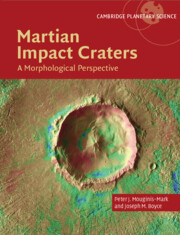Accumulating evidence suggests that social contexts in early life have important andcomplexeffects on childhood psychopathology. Spurred by the lack of an explicit operational definitionthat could guide the study of such effects, we define a social context operationally as “aset of interpersonal conditions, relevant to a particular behavior or disorder and external to, butshaped and interpreted by, the individual child.” Building on this definition, we offer aseries of recommendations for future research, based on five theoretically derived propositions:(a) Contexts are nested and multidimensional; (b) contexts broaden, differentiate, and deepenwith age, becoming more specific in their effects; (c) contexts and children are mutuallydetermining; (d) a context's meaning to the child determines its effects on the child andarises from the context's ability to provide for fundamental needs; and (e) contexts shouldbe selected for assessment in light of specific questions or outcomes. As reflected in anincreasingly rich legacy of literature on child development and psychopathology, social contextsappear to influence emerging mental disorders through dynamic, bidirectional interactions withindividual children. Future research will benefit from examining not only statistical interactionsbetween child- and context-specific factors, but also the actual transactions betweenchildren and contexts and the transduction of contextual influences into pathways ofbiological mediation. Because adverse contexts exert powerful effects on the mental health ofchildren, it is important for the field to generate new, more theoretically grounded researchaddressing the contextual determinants of psychological well-being and disorder.
